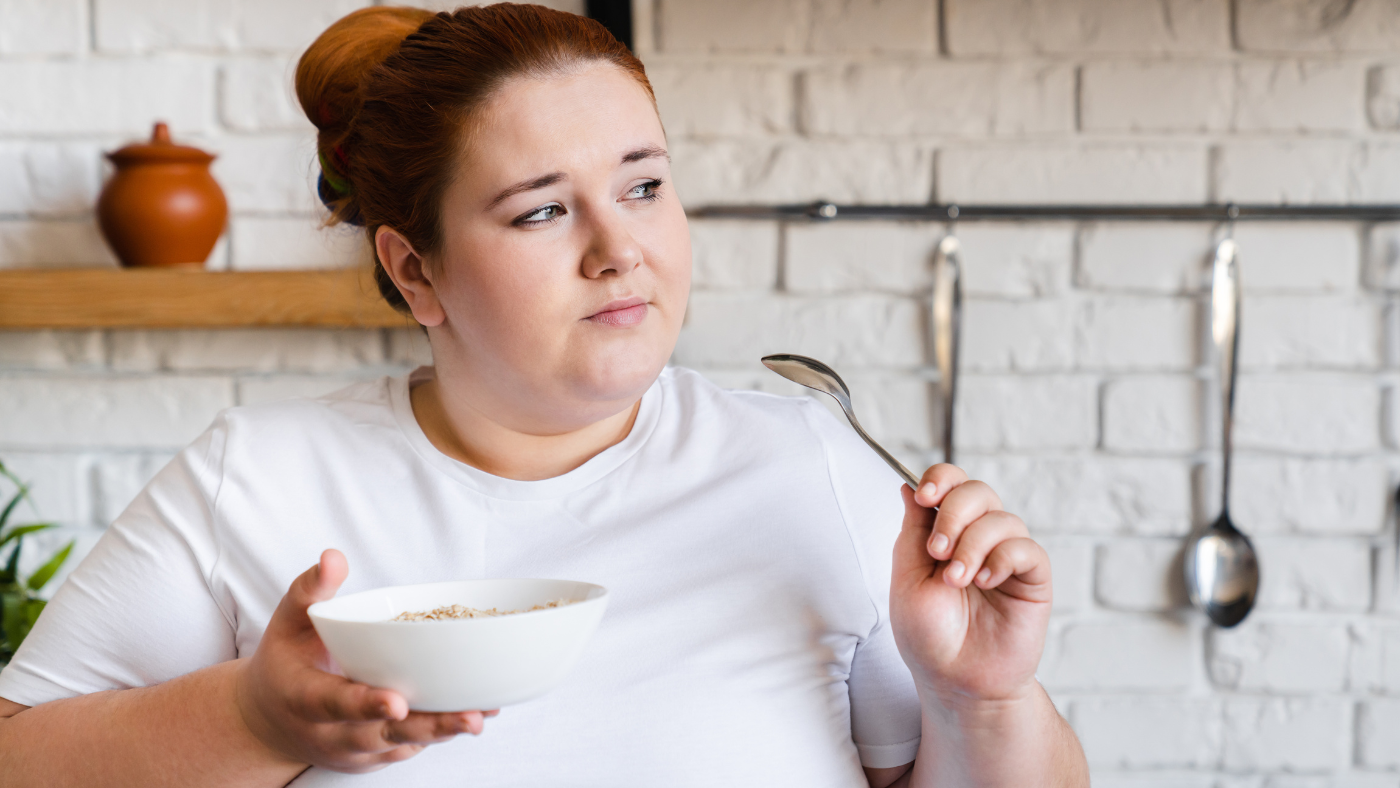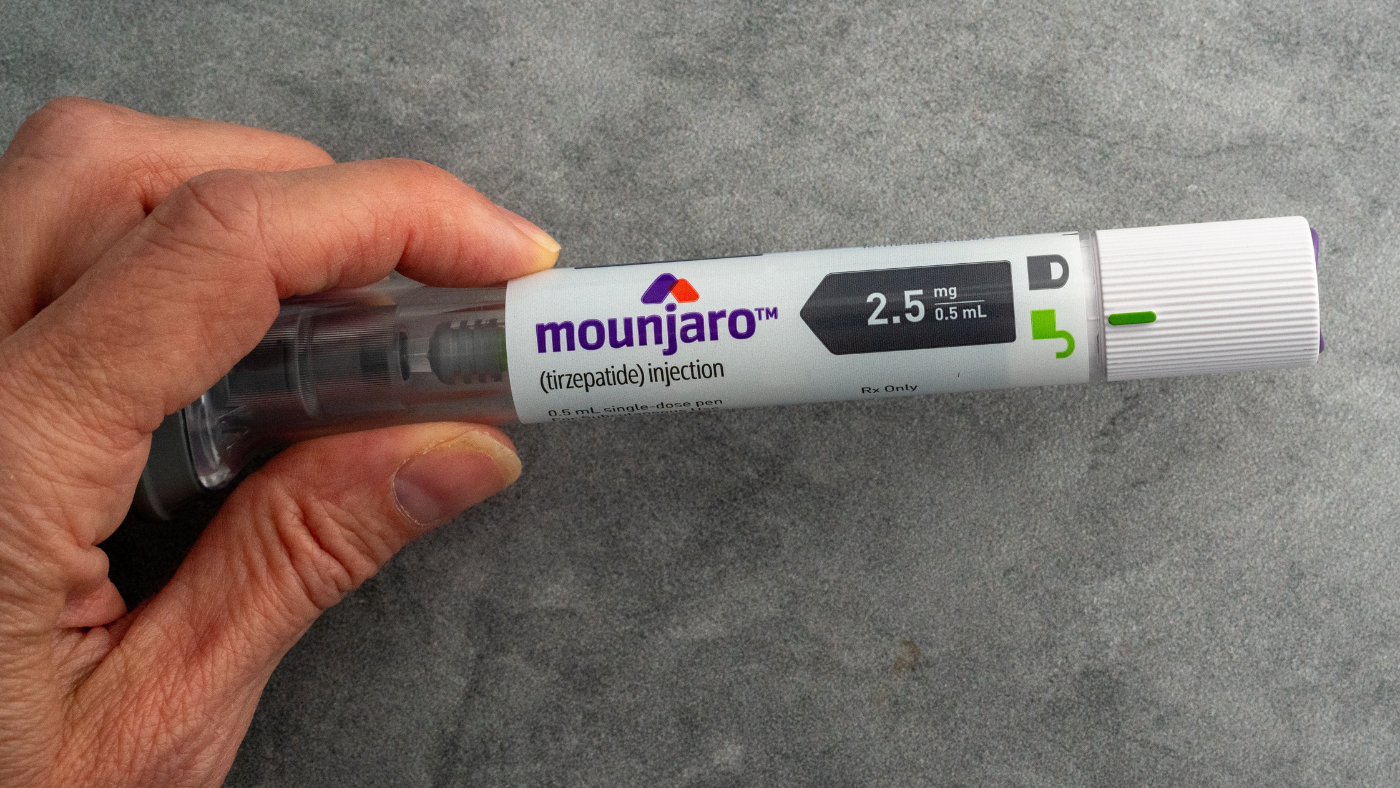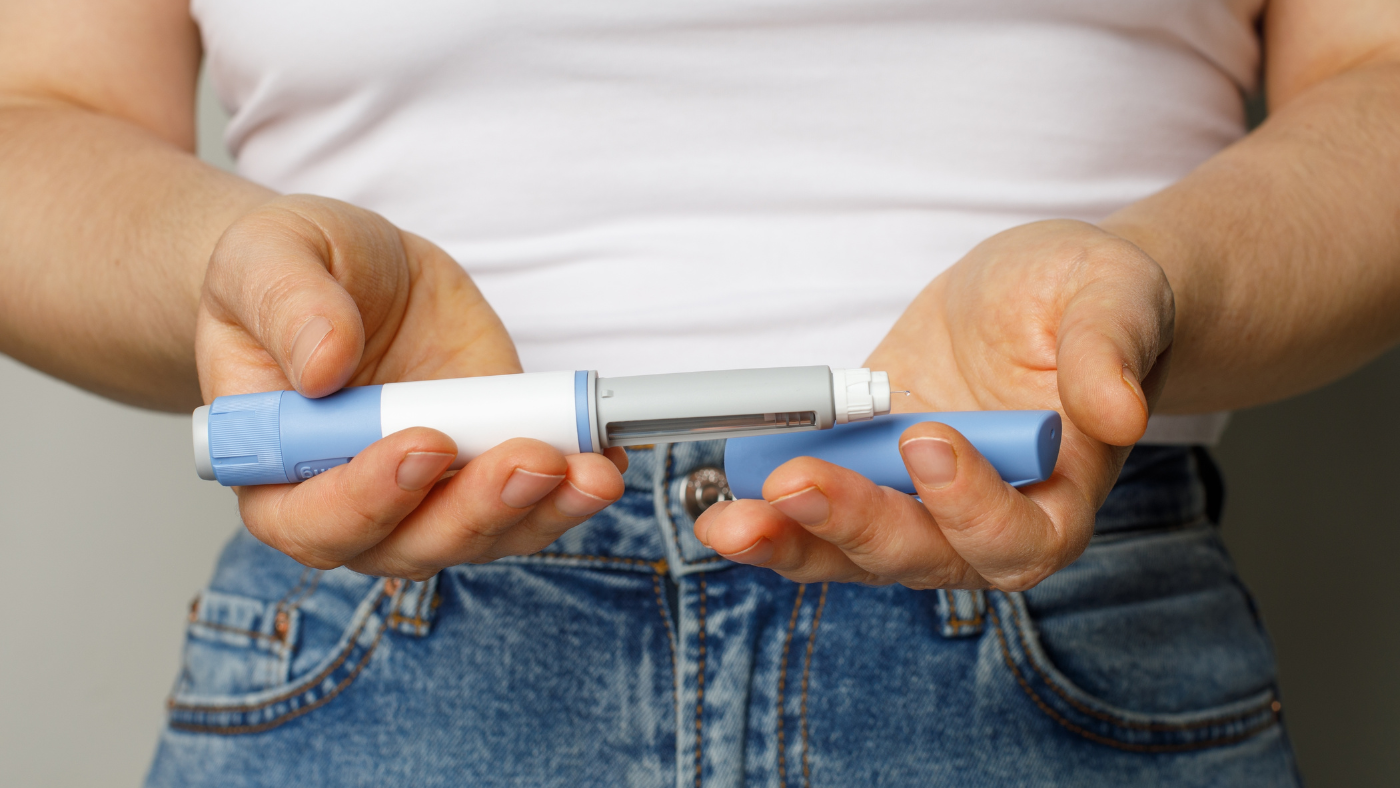Perimenopause hits different when you’re staring at the scales wondering why your jeans don’t fit anymore. You’ve been eating the same way you have for years. I get it – one day you’re cruising through life, and the next, your body seems to have other plans entirely.
Here’s the thing. Perimenopause doesn’t just mess with your periods. It rewrites the rulebook on how your body handles weight.
Frankly, the new rules are rubbish. But here’s where it gets interesting. Weight loss injections, specifically GLP-1 agonists, are changing the game for women going through this transition.
Let me walk you through what’s actually happening in your body. I’ll explain why traditional weight loss methods often fall flat during perimenopause. Then we’ll explore how these injections might be the missing piece of your puzzle.
Understanding Perimenopause
Think of perimenopause as your body’s way of saying something. “Remember all those hormones that kept things running smoothly? Yeah, we’re going to mess with those now.” It’s like someone keeps adjusting the thermostat in a room you can’t escape from.
Perimenopause typically starts in your 40s, sometimes earlier. It can last anywhere from four to ten years. During this time, your oestrogen levels don’t just decline. They go on a proper rollercoaster ride.
One month you might have relatively normal levels. The next they’ve plummeted. Then suddenly they spike again.
Meanwhile, progesterone starts its own disappearing act. It often drops faster than oestrogen. This hormonal chaos doesn’t just affect your menstrual cycle. It rewrites how your entire body functions.
Common Symptoms
The symptoms of perimenopause read like a laundry list of “things nobody warned you about”:
- Hot flashes that make you question if someone’s cranked up the heating
- Sleep disturbances that leave you feeling like a zombie
- Mood swings that rival any teenager’s
- Brain fog that makes you forget why you walked into a room
- Joint aches that appear seemingly overnight
But here’s what really gets me fired up. The weight changes that come with perimenopause are often dismissed or oversimplified. “Just eat less and move more,” they say. If only it were that simple.
Weight Gain During Perimenopause
Let’s talk about the elephant in the room. The weight that seems to appear overnight and stick around like an unwanted house guest. During perimenopause, women typically gain 1-2 pounds per year. But it’s not just about the number on the scales.
The real kicker? This weight has a favourite parking spot. Your midsection. That apple shape you never had before? Thank declining oestrogen for that delightful development.
Why Traditional Dieting Fails
Here’s where things get frustrating. The diet methods that worked in your 20s and 30s suddenly feel different. It’s like trying to solve a Rubik’s cube blindfolded. Your metabolism slows down by about 2-3% per decade after age 30. But perimenopause puts this process on fast-forward.
During perimenopause, several factors conspire against traditional weight loss approaches:
- Insulin resistance increases, making your body more likely to store fat
- Muscle mass decreases at an accelerated rate (sarcopenia)
- Cortisol levels often rise, promoting abdominal fat storage
- Sleep quality deteriorates, disrupting hunger hormones
- Energy levels plummet, making exercise feel impossible
I’ve seen countless women beat themselves up. They think they’re doing something wrong. Really, their body’s operating system has been updated without their consent.
Weight Loss Injections for Perimenopause
This is where weight loss injections come into the picture. Honestly, the timing couldn’t be better. These aren’t your run-of-the-mill diet pills or quick fixes. We’re talking about medications that work with your body’s natural systems.
GLP-1 agonists and dual GLP-1/GIP agonists are revolutionising how we approach weight management during perimenopause. These injections don’t just suppress appetite. They’re working on multiple levels to address the specific challenges that perimenopause throws at you.
How These Medications Work
Think of GLP-1 as your body’s natural “I’m full” signal that’s been turned up to eleven. Here’s what’s happening behind the scenes:
Appetite Control – These medications slow gastric emptying. Food stays in your stomach longer. This keeps you satisfied for extended periods.
Blood Sugar Regulation – They improve insulin sensitivity. Your body processes glucose more effectively. This is crucial when perimenopause is pushing you towards insulin resistance.
Brain Chemistry – GLP-1 receptors in your brain get activated. This reduces food cravings and the constant mental chatter about food.
Metabolic Enhancement – Some studies suggest these medications may help preserve muscle mass during weight loss. This is particularly important during perimenopause when muscle loss accelerates.
Current Research and Clinical Findings
Multiple 2025 studies show that combining weight loss injections with hormone therapy produces superior results compared to using either treatment alone.
Key Study Results:
July 2025 Endocrine Society Study – Women using dual GLP-1 and GIP injections with hormone therapy lost 17% body weight vs. 14% for injections alone after 18 months. 45% achieved ≥20% weight loss vs. just 18% without hormone therapy.
Separate GLP-1 Research – Women on hormone therapy and GLP-1 injections lost 30% more weight after 12 months compared to GLP-1 alone.
Additional findings:
- 20% weight reduction achieved across all menopausal stages
- Combination therapy consistently outperforms single treatments
- Effectiveness maintained during medication interruptions
- Safety profile consistent with general population
However, researchers note “a paucity of data about this specific population” and call for more long-term studies focusing on perimenopausal women’s unique needs.
Additional Health Benefits
While weight loss is often the primary goal, the benefits of these injections during perimenopause extend beyond just shedding pounds. Many women report improvements in:
Energy levels – When you’re not constantly battling hunger and cravings, more mental and physical energy becomes available for other things.
Sleep quality – Stable blood sugar levels throughout the day can contribute to better sleep patterns.
Mood stability – The constant stress of fighting your body’s weight gain tendencies can take a toll on mental health. Successful weight management often correlates with improved mood.
Metabolic markers – Blood pressure, cholesterol levels, and HbA1c often improve alongside weight loss.
Joint comfort – Less weight means less pressure on joints that might already be aching due to hormonal changes.
Potential Risks and Side Effects

Let’s be real about the potential downsides because no medication is perfect. The most common side effects of weight loss injections include:
Gastrointestinal issues – Nausea, vomiting, diarrhoea, and constipation top the list. The good news? These often improve as your body adjusts to the medication.
Injection site reactions – Some people experience redness, swelling, or irritation where they inject.
Fatigue – Particularly in the first few weeks as your body adapts to the medication.
Potential interactions – If you’re considering hormone replacement therapy alongside these medications, close medical supervision is essential.
Bone density concerns – Some research suggests rapid weight loss might affect bone density. This is something already at risk during perimenopause.
The key is working with healthcare providers who understand both perimenopause and these medications. This isn’t a DIY situation.
Getting Started with Treatment
If you’re thinking these injections might be worth exploring, here’s what the process typically looks like:
Eligibility criteria usually include:
- BMI of 30 or higher, or BMI of 27 with weight-related health conditions
- Previous attempts at traditional weight loss methods
- No contraindications to GLP-1 medications
- Realistic expectations about the process
The assessment process involves:
- Comprehensive medical history review
- Discussion of current symptoms and challenges
- Review of previous weight loss attempts
- Blood work to check for contraindications
- Discussion of realistic goals and timelines
Starting the medication typically means:
- Beginning with the lowest dose to minimise side effects
- Gradual dose increases over several months
- Lifestyle guidance to maximise effectiveness
Comprehensive Weight Management Approach
Here’s something I want to be crystal clear about. Weight loss injections aren’t magic bullets. They’re tools. Powerful tools. But they work best as part of a comprehensive approach to managing perimenopause.
The most successful women I’ve seen combine these medications with:
- Strength training to combat muscle loss
- Adequate protein intake (aim for 1.2-1.6g per kg body weight)
- Stress management techniques
- Sleep optimisation strategies
- Regular medical monitoring
Perimenopause presents unique challenges that require unique solutions. The old “calories in, calories out” approach doesn’t account for the hormonal chaos happening in your body. These injections help level the playing field.
Summary
Weight loss injections represent a significant advancement in managing the weight challenges that come with perimenopause. They’re not for everyone, and they’re not without risks.
But for many women, they provide a way forward when traditional methods have failed.
The research is promising, particularly around combining these medications with hormone therapy for maximum benefit. However, this is definitely a decision that requires proper medical guidance and realistic expectations.
Perimenopause doesn’t have to mean accepting weight gain as inevitable. But it does mean acknowledging that your body has changed. You might need different tools to help you maintain your health and confidence during this transition.
Frequently Asked Questions
Q 1: Do weight loss injections help with perimenopause symptoms beyond weight management?
A 1: Many women report improvements in energy levels, mood stability, and sleep quality alongside weight loss. The improved metabolic health can have positive ripple effects on other perimenopausal symptoms, though for direct symptom relief, you’ll likely need HRT.
Q 2: Can GLP-1 medications be safely combined with hormone replacement therapy?
A 2: Yes, 2025 research shows excellent results combining these treatments. Women using dual GLP-1 and GIP injections with hormone therapy lost 17% body weight vs. 14% for the injections alone, with 45% achieving ≥20% weight loss vs. just 18% without HRT. However, this requires careful medical supervision.
Q 3: What realistic weight loss results can perimenopausal women expect from these injections?
A 3: Clinical trials show 15-22% body weight loss with GLP-1 medications, with even greater results when combined with lifestyle changes and hormone therapy. Most women see gradual weight loss over 6-12 months, with the most significant changes in the first six months.
Q 4: Are there any specific considerations for women with irregular periods during perimenopause?
A 4: Irregular periods don’t affect safety or effectiveness. However, discuss contraception with your healthcare provider as rapid weight loss can sometimes affect fertility. Weight loss may also influence your hormonal patterns if you’re tracking symptoms.
Q 5: How long do women typically need to use these injections during perimenopause?
A 5: Duration varies from 6-12 months for target weight achievement to longer-term use for maintenance, especially given ongoing metabolic challenges of perimenopause. This decision should be made collaboratively with your healthcare provider based on your individual response and goals.






